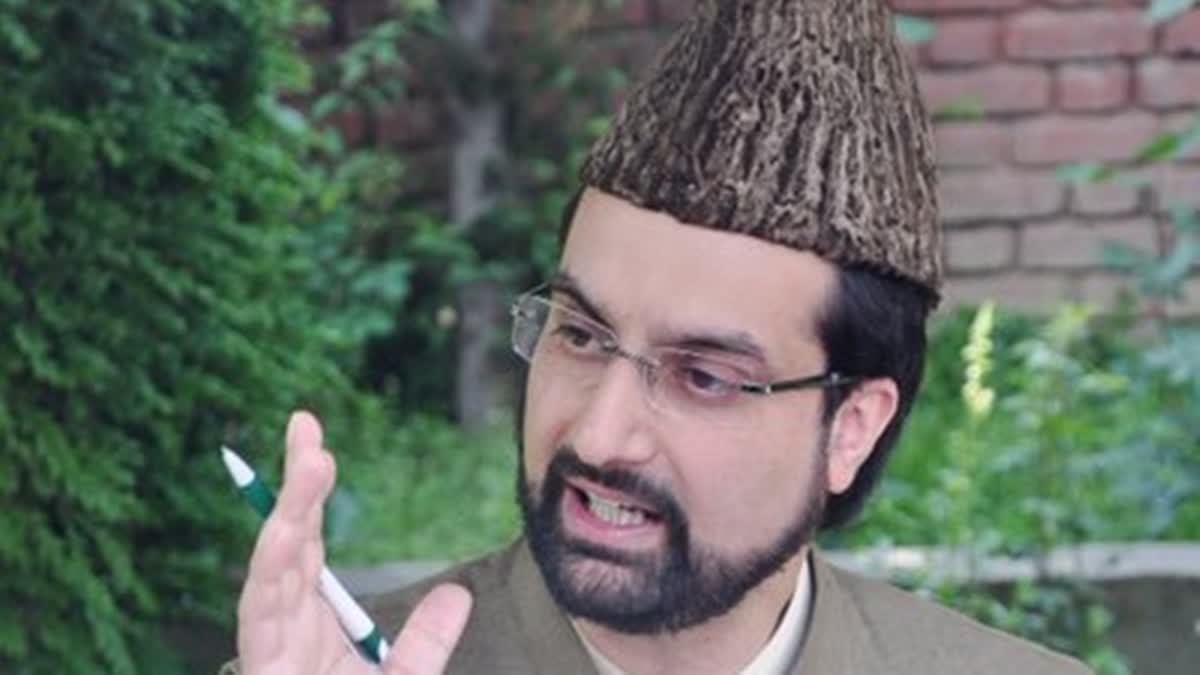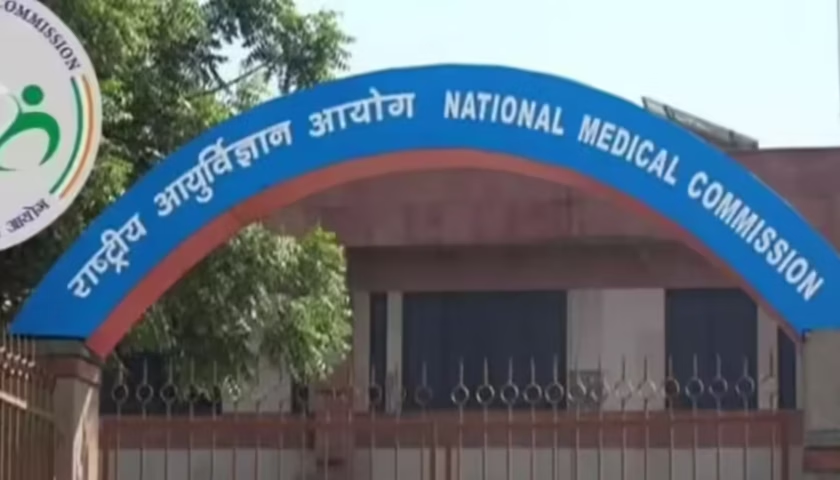Kashmir’s Drug Crisis: A Generation at Risk – Mirwaiz Umar Farooq’s Call for Collective Action
Srinagar 21 May 2025: Jammu and Kashmir is grappling with a severe drug addiction crisis, particularly among its youth. Mirwaiz Umar Farooq, Chairman of the Hurriyat Conference and a prominent religious leader, has raised alarms over this escalating issue. In a recent seminar titled “Building a Drug-Free Kashmir – Role of Students and Society” at Islamia Higher Secondary School, Srinagar, he emphasized the urgent need for a comprehensive, society-wide response to combat this menace.BBC+4Kashmir Reader+4@EconomicTimes+4www.newsofkashmir.com
The Alarming Statistics
-
Prevalence of Drug Use: Approximately 13.5 lakh individuals in Jammu and Kashmir are estimated to be drug users, with a significant number being youth aged between 18 to 75 years.
-
Opioid Crisis: The region has witnessed a 1500% increase in drug abuse over the past three years, with a notable shift towards intravenous heroin use.
-
Economic Impact: On average, a heroin addict in Kashmir spends about ₹90,000 per month to sustain their addiction, leading to financial ruin for many families.
-
Health Concerns: The Institute of Mental Health and Neurosciences (IMHANS) in Srinagar reports that 70% of drug users test positive for Hepatitis C, highlighting the public health implications of the crisis.
Mirwaiz Umar Farooq’s Perspective
Mirwaiz Umar Farooq has been vocal about the drug crisis, describing it as a “national emergency.” He emphasizes that the issue transcends law enforcement and requires a compassionate, all-of-society intervention. He has called upon religious leaders, educators, and civil society to play an active role in awareness campaigns and rehabilitation efforts.
Government’s Role and Policy Gaps
While there have been efforts by law enforcement agencies to crack down on drug peddlers, Mirwaiz criticizes the absence of a coherent and urgent policy response from the administration. He urges authorities to implement stricter drug control measures, strengthen rehabilitation programs, and engage community leaders in combating the crisis.
Community and Religious Institutions: A Pillar of Support
Mirwaiz underscores the potential of mosques and religious institutions in addressing the drug menace. He advocates for mosque committees to collaborate and implement effective strategies to tackle drug addiction in their respective areas. By leveraging the influence of religious leaders, communities can foster awareness and support for affected individuals.
Underlying Causes: A Multifaceted Issue
Several factors contribute to the rising drug addiction in Kashmir:
-
Unemployment: With youth unemployment rates soaring, many young individuals turn to drugs as a coping mechanism.
-
Psychological Stress: The ongoing conflict and socio-political instability have led to widespread trauma and stress, making the youth more vulnerable to substance abuse.
-
Delayed Marriages: The average age of first marriage for men has risen above 32, contributing to psychological and social stress among the youth.
A Call for Collective Action
Addressing the drug crisis in Kashmir requires a holistic approach:
-
Policy Implementation: The government must formulate and execute comprehensive policies focusing on prevention, treatment, and rehabilitation.
-
Community Engagement: Local communities should actively participate in awareness campaigns and support systems for affected individuals.
-
Educational Initiatives: Schools and colleges should incorporate programs that educate students about the dangers of drug abuse.
-
Healthcare Infrastructure: Enhancing the capacity of rehabilitation centers and ensuring access to mental health services is crucial.
Bottom-Line: A Generation at Stake
The escalating drug crisis in Jammu and Kashmir poses a significant threat to the region’s future. Mirwaiz Umar Farooq’s impassioned plea serves as a wake-up call for all stakeholders. It is imperative that society unites to combat this epidemic, safeguarding the well-being and potential of its youth.




